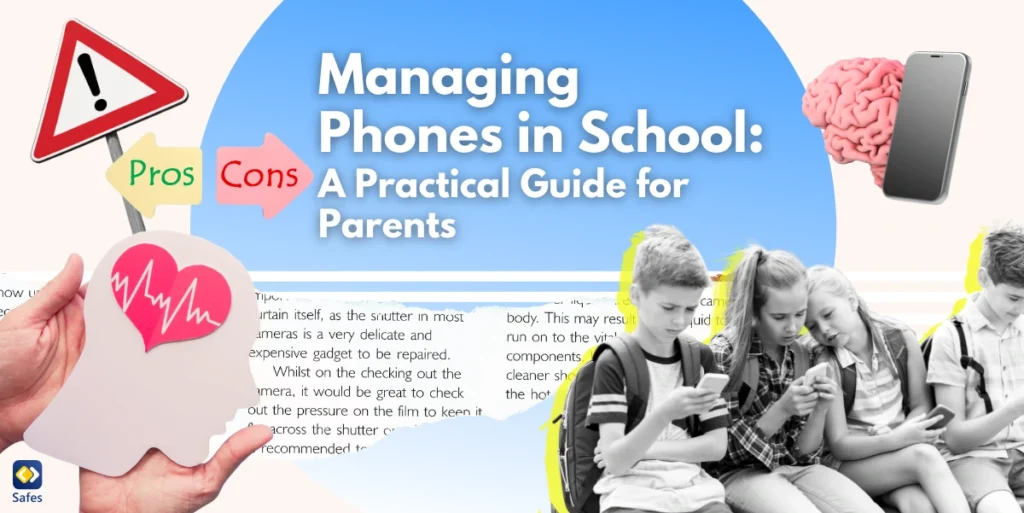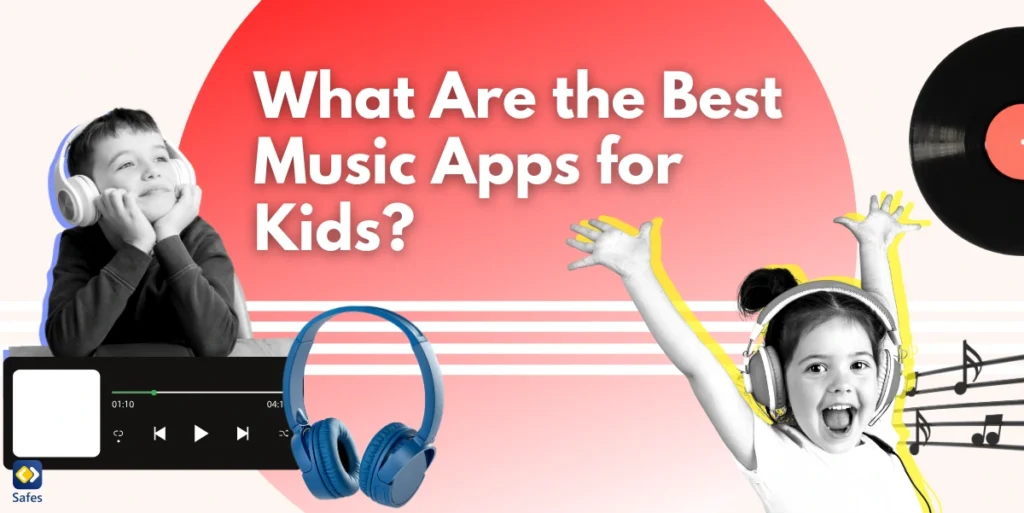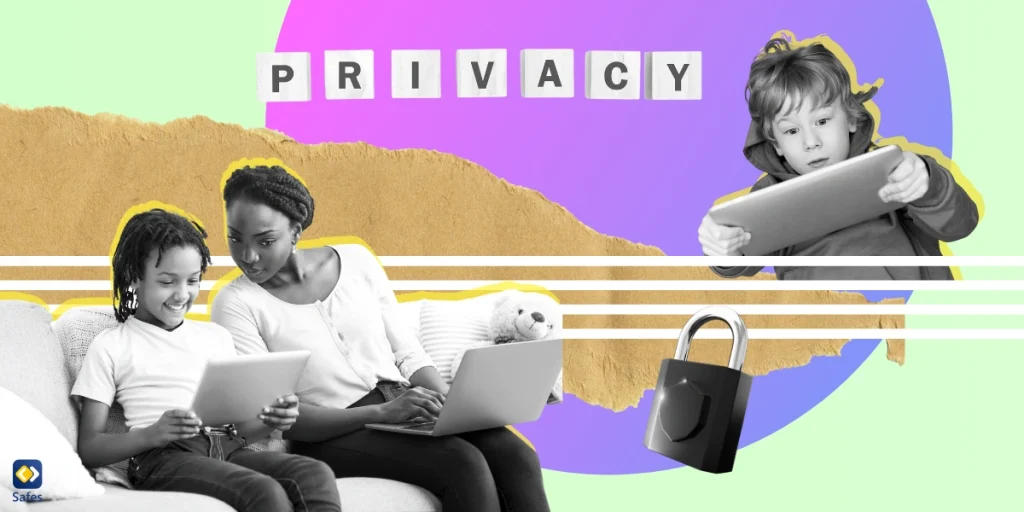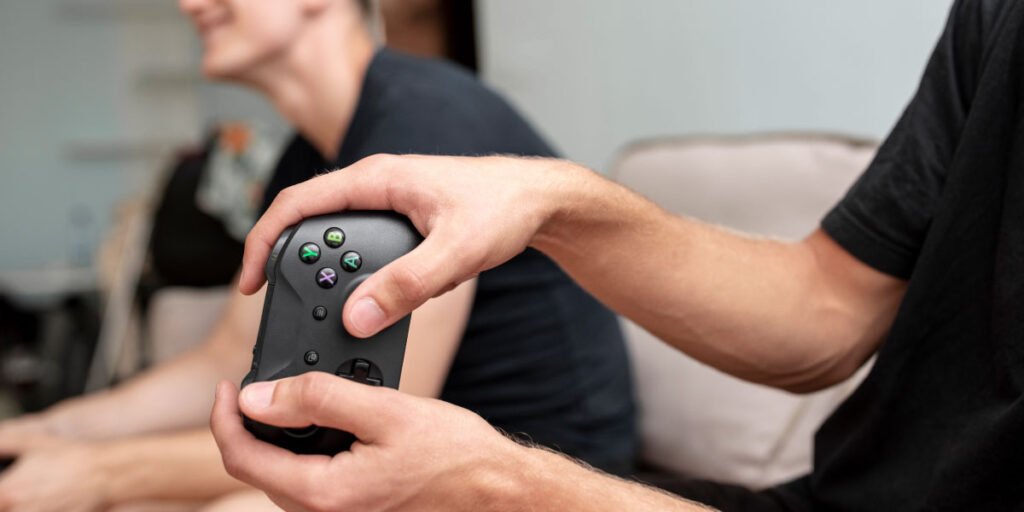In today’s world, cell phones have become an important part of daily life, including the school environment. Whether for communication, entertainment, or educational purposes, students are increasingly using their phones in school. While many parents recognize the benefits, such as easy access to important information, others have concerns about the potential distractions and negative impacts of cellphone use during school hours. This blog post will explore the different perspectives on managing phones in school, helping parents navigate the topic with a practical approach.
Download and Start Your Free Trial of the Safes Parental Control App
The Growing Presence of Cell Phones in Schools
Cell phones in school are not a new phenomenon, but their usage has certainly grown over the years. In high schools across the United States, cell phones have become more than just a tool for communication; they are often used for social media, research, and even educational apps. According to the Pew Research Center, based on feedback from teachers, 95% of teenagers have access to a smartphone, making it almost impossible to avoid their presence in school settings.
The increase in cell phone use in high schools raises important questions about how these devices impact students’ daily experiences. Some schools have embraced technology, integrating phones into learning activities, while others are grappling with the potential downsides of having students glued to their screens. The question remains: should cell phones be allowed in classrooms, or should there be stricter regulations?
The Debate: Should Phones Be Allowed in the Classroom?
The debate surrounding cell phones in the classroom is one that involves various stakeholders, including parents, teachers, and students. Many high school teachers argue that cell phones are a major distraction and disrupt the learning environment. With students constantly checking social media or texting during lessons, their attention is divided, potentially hindering academic success.
On the other hand, some argue that cell phones can be valuable educational tools when used appropriately. For example, students can use their phones for research, taking notes, or accessing digital textbooks. Requiring school districts to implement a balanced policy that allows phones for educational purposes but prohibits excessive use during class time can help strike the right balance.
- Read more on the topic: Should Phones Be Allowed in the Classroom?
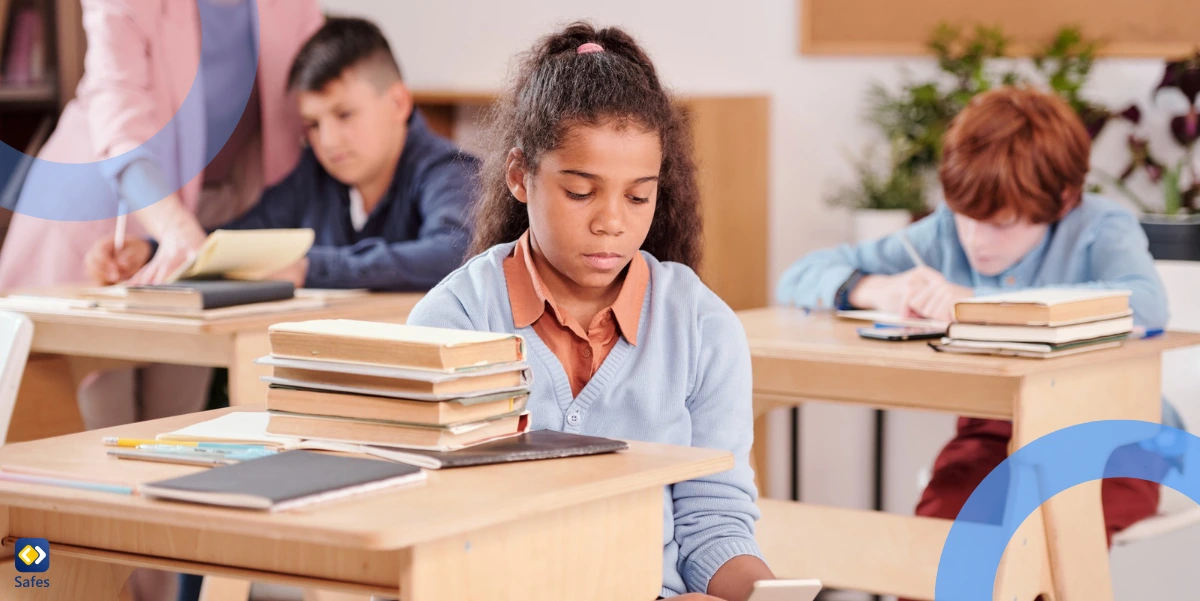
The Impact of Cell Phones on Student Mental Health
The mental health of students is a growing concern, especially when it comes to social media use. The constant exposure to online content can have both positive and negative effects on students. On one hand, social media allows students to connect with friends and engage in discussions about topics that interest them. However, it also exposes them to the pressures of online popularity, cyberbullying, and comparison, all of which can negatively impact mental health.
School days should be a time for students to focus on their studies and personal growth, not be distracted by the pressures of online validation. By managing the use of cell phones in school, parents and educators can help create a safer environment for students, promoting mental health and well-being. Implementing policies to manage cellphone use in schools, such as restricting social media access during class hours and integrating technology tools that support the curriculum, can effectively minimize distractions for students.
Cell Phones in Schools: Balancing Safety and Behavior
Cell phones have become a double-edged sword in schools, offering both benefits and challenges when it comes to safety and student behavior. In emergencies, phones can serve as critical tools for communication, enabling students to contact parents, reach authorities, or stay informed. However, the lack of restrictions on phone use can lead to significant risks. Students may share unverified information, unintentionally spreading confusion or panic during crises. These scenarios highlight the need for schools to establish clear guidelines on how phones should be used in emergency situations to maintain safety without escalating chaos.
Beyond safety, cell phones also influence student behavior in the classroom. On the negative side, they can be a source of distraction, with students texting, watching videos, or engaging on social media instead of focusing on their studies. Phones can also facilitate cheating during tests, undermining the integrity of the learning process. Yet, when used appropriately, phones can contribute positively to the educational experience. Students can access educational apps, participate in online discussions, and conduct research for assignments. Teachers can incorporate phone-based activities into their lessons, turning these devices into powerful learning tools rather than sources of disruption.
To strike the right balance, schools must develop thoughtful policies that address both safety and behavior. Many schools have introduced “phone-free” zones or limited usage during specific times to minimize distractions while preserving the potential benefits of these devices. Educators and administrators should also focus on creating a culture of responsible phone use, teaching students the importance of using their devices constructively. By combining clear guidelines, emergency protocols, and creative approaches to integrating phones into the classroom, schools can ensure these devices enhance, rather than hinder, the educational environment.
The Pros and Cons of Banning Cell Phones in Schools
The issue of banning student cell phones from schools is a topic of ongoing debate. Proponents of a ban argue that it eliminates distractions, reduces the risk of cheating, and ensures that students engage more with their peers and teachers. Banning cell phones also helps prevent issues such as cyberbullying and inappropriate content sharing.
However, critics of such bans argue that cell phones have become an essential tool for students’ personal and academic lives. Banning cellphones in schools could limit students’ access to resources and hinder their ability to stay connected with their parents or guardians. Some educators argue that rather than banning cell phones, schools should focus on teaching responsible use, setting clear guidelines, and encouraging students to use their phones for educational purposes.
The Role of Parents in Managing Cell Phones in Schools
As a parent, you play a vital role in guiding your child to use their cell phone responsibly during school hours. Start by setting clear expectations about when and how your child can use their phone at school. Discuss appropriate boundaries for activities like social media, texting, and gaming, emphasizing the importance of staying focused during class time. Open communication about these rules can help your child understand why responsible phone use is essential for both their education and overall well-being.
Beyond your home, you can advocate for better school policies around cell phone use. Stay informed about ongoing discussions on phone use and safety in schools, and consider getting involved in school committees or parent-teacher meetings. Your voice can help shape policies that strike the right balance—leveraging the benefits of cell phones while minimizing distractions and ensuring student safety.
Additionally, you can make use of the built-in parental controls on your child’s iPhone or Android device. These tools allow you to set limits on screen time, restrict access to certain apps during school hours, and monitor phone usage to ensure your child is staying on track.
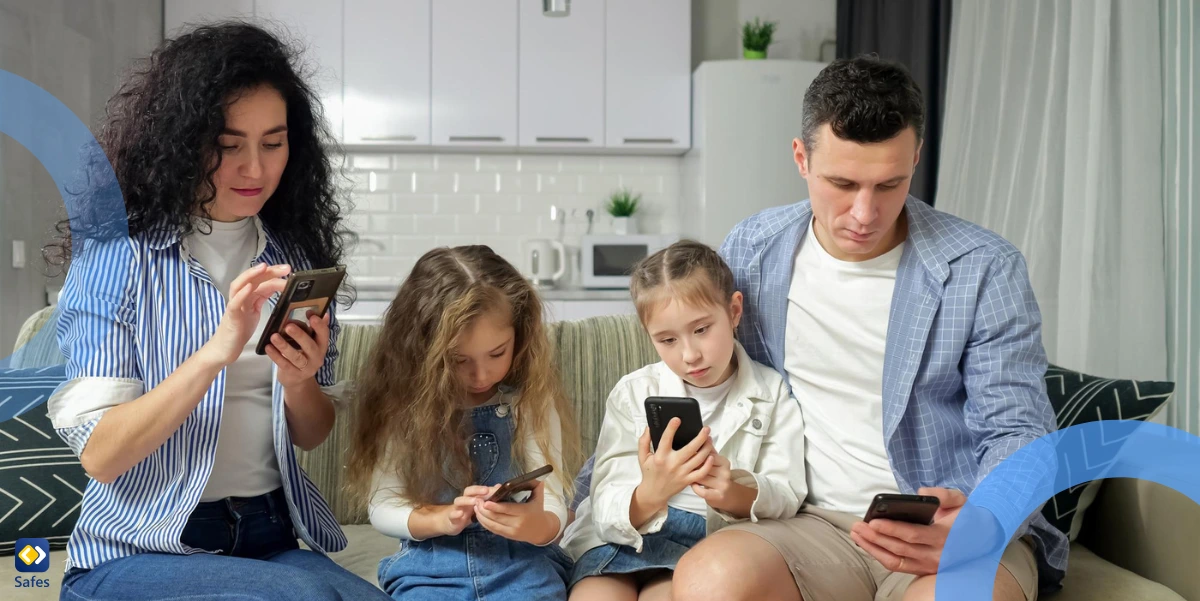
How Safes Can Help Parents Manage Phones in School
As a parent, you may be concerned about how much control you truly have over your child’s cell phone use at school. While built-in parental controls on phones offer some oversight, they often fall short when it comes to providing the comprehensive features needed for effective management. This is where Safes, a parental control app for both Android and iOS, becomes invaluable. Safes allows you to set screen time restrictions, block access to inappropriate content, and monitor your child’s online activity, giving you greater peace of mind and oversight.
For instance, you can set specific times when your child’s phone is locked, such as during school hours, ensuring that they are focused on their studies. The app also provides real-time reports on your child’s online behavior, so you can address any concerns promptly. With features that help limit access to social media and games during school days, Safes can be an effective solution for parents who want to ensure their child uses their phone responsibly in school.
Try Safes today with a free trial to experience how it can help you manage your child’s phone use and ensure they stay focused during school hours.
Conclusion: Finding a Balanced Approach to Phones in School
Managing phones in school requires a balanced approach that considers the benefits and drawbacks of cell phone use. While cell phones can be valuable tools for learning and communication, they can also be sources of distraction and potential harm to students’ mental health. By working with schools, setting clear boundaries at home, and using tools like Safes, parents can help ensure their children use their phones responsibly, fostering a positive learning environment while protecting their well-being.
Your Child’s Online Safety Starts Here
Every parent today needs a solution to manage screen time and keep their child safe online.
Without the right tools, digital risks and excessive screen time can impact children's well-being. Safes helps parents set healthy boundaries, monitor activity, and protect kids from online dangers—all with an easy-to-use app.
Take control of your child’s digital world. Learn more about Safes or download the app to start your free trial today!
